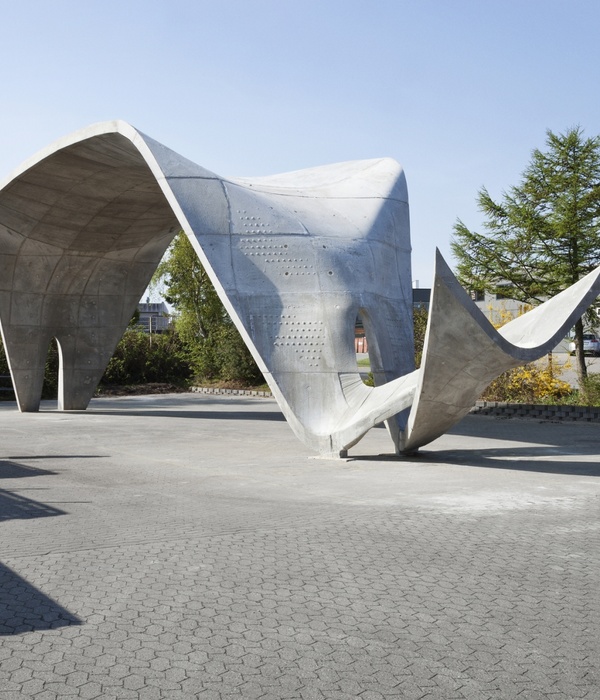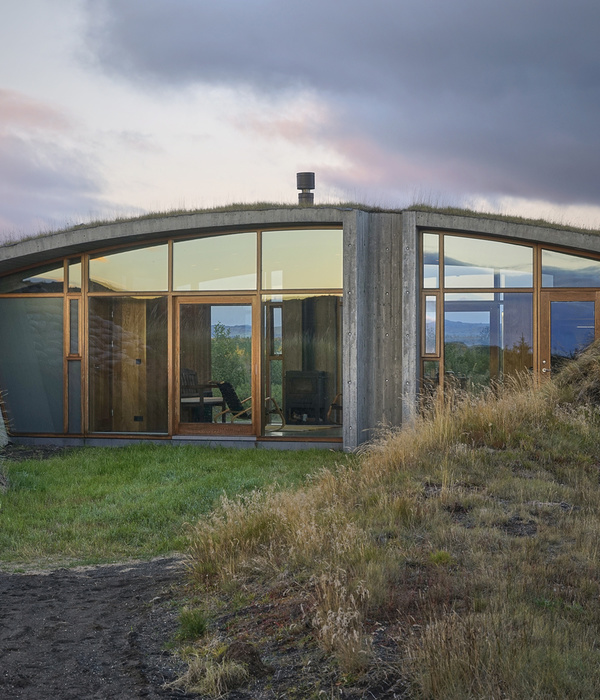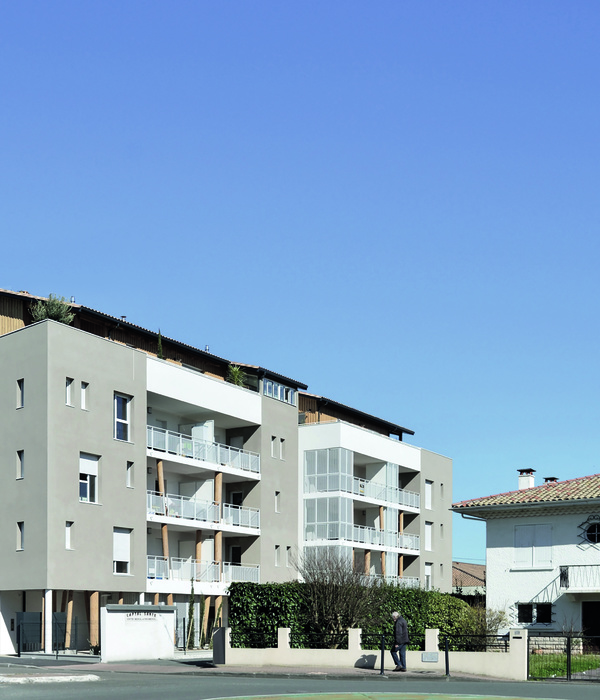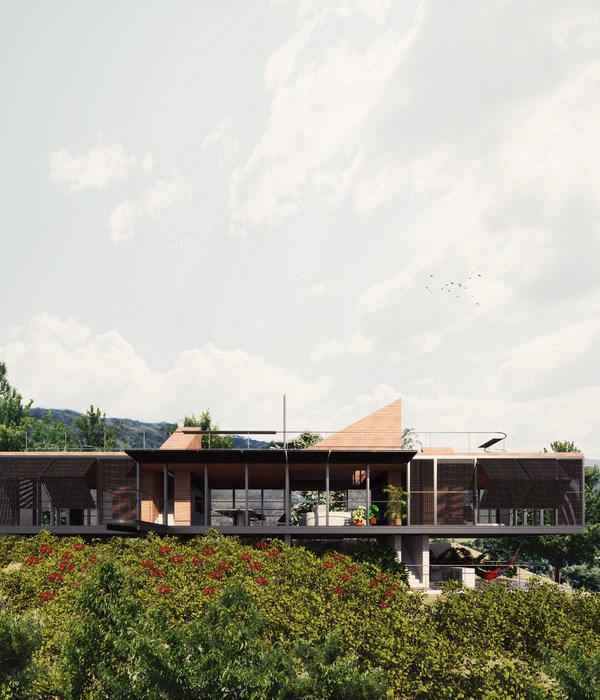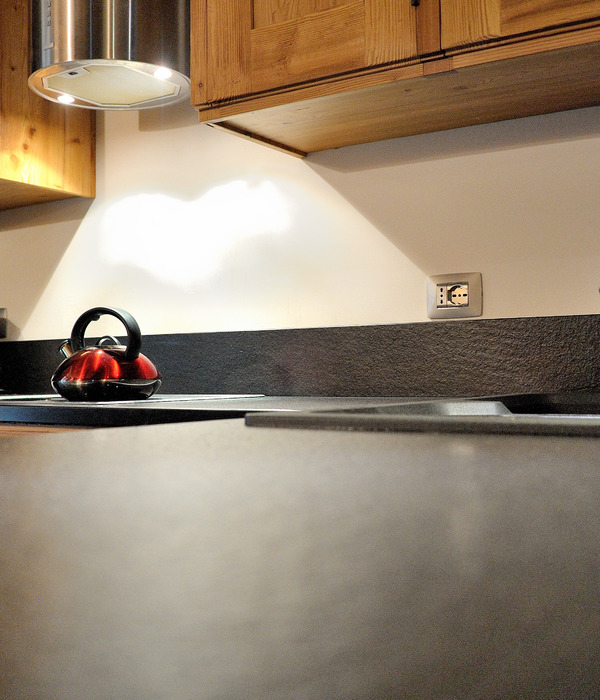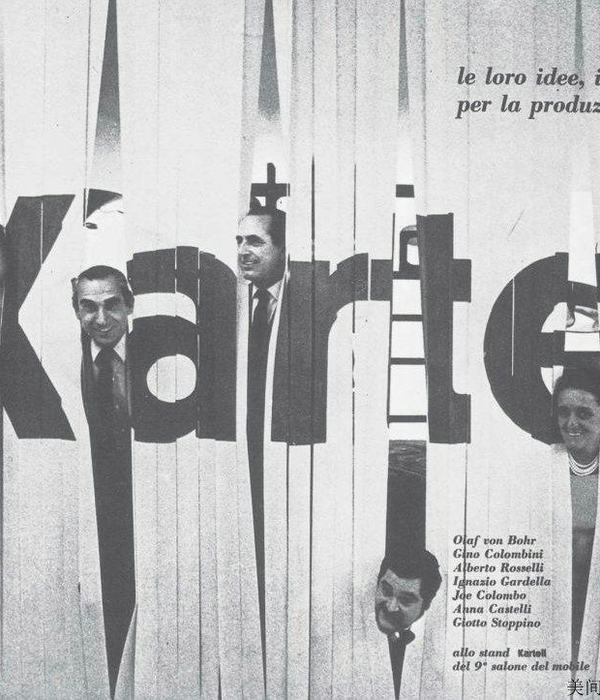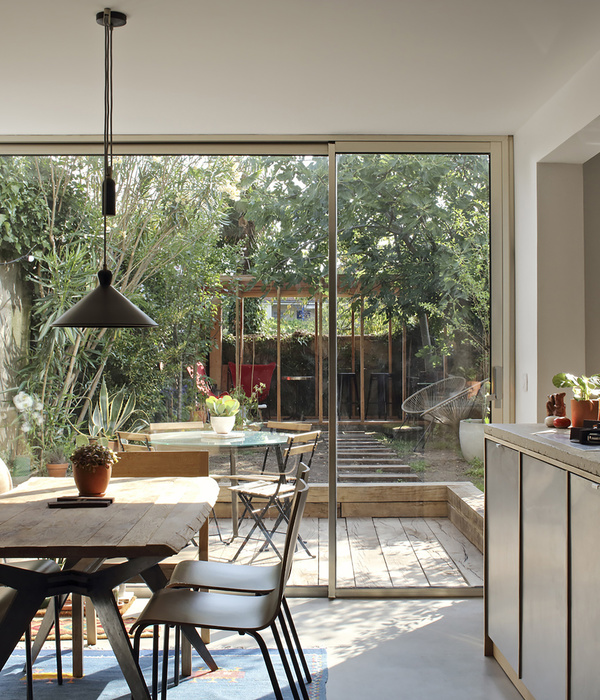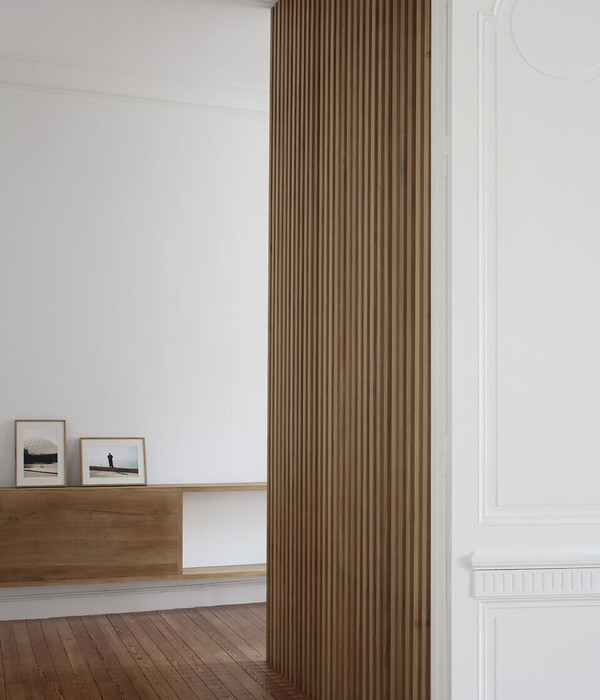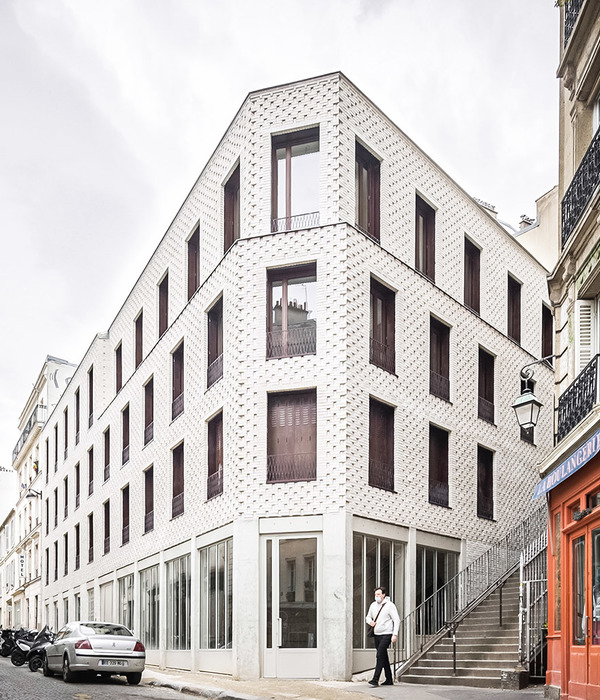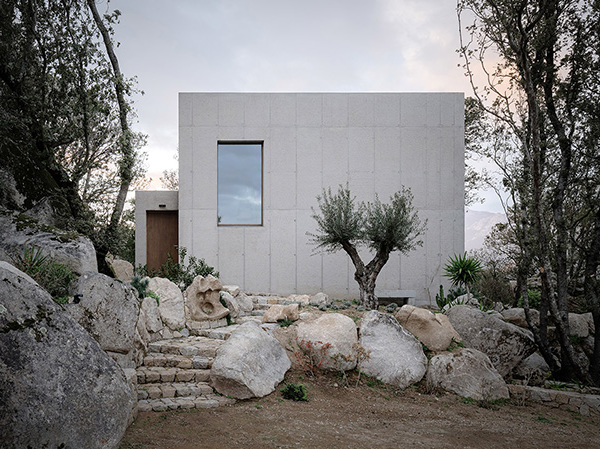In the heart of the city of Madrid a small architecture called by its creators ‘Casa Olivar’ is born. The interior design has been conceived by the couple of designers Matteo Ferrari and Carlota Gallo in order to transform it into their home.
Rescued from a ruined state and a turbulent past, the aim is to bring new life to the space; adding layers, rewriting its history and thereby generating new memories.
The project was conceptualized as a living object in continuous transformation, where various stages and uses can be accommodated. According to this scenario the site was transformed into an atypical exhibition space for NoDo during the construction period; a silent event which invited a select group of Madrid designers to reflect on how we conceive light from darkness and kept behind closed doors.
The conversion to living space is spontaneous and essential, recovering those distinctive identity features of the architecture and providing a new narrative. A "non-urban" place, a sensorial refuge to reconnect with ourselves, regulate our emotions and disconnect from the hustle and bustle of the outside world.
The intervention is characterized by a spatial continuity and a warm minimalism; it seeks to elevate natural light and encourage the use of local craft materials, generating a close dialogue between light and materiality.
Casa Olivar is both a house and a place: an intimate space where the creativity can evolve but above all, a space designed to be enjoyed and shared.
Located in a traditional “Madrilenian Corrala” building, find place this two-level apartment bounded by a façade and an inner courtyard with a historic character.
The distribution is organic and characterized by the succession of consecutive spaces; the central partition has been altered respecting the same proportions of the façade openings and forming two lowered arches in the traditional style.
The intervention aims to generate a lighting and visual connection to provide the sensation of spatial openness and to connect with the outside world. The natural light sources are thus visible from all points of the house, generating an atmosphere characterized by nuances of light and soft shadows.
The light flows through the space, changing its intensity according to the room and in harmony with the circadian rhythm: the living room flooded with natural light, the kitchen in a subtle shadow and the bedroom distinguished by a relaxing atmosphere.
The kitchen is set around a sculptural central table: the main character where the daily actions takes places.
The atmosphere changes its tone in the bathroom with ochre colours and a curtain inspired by the skin's tactile sensations. Made of nylon, it brings a sense of warmth and dynamism to the space, establishing a dialogue with the artworks at the back of the room.
How to stimulate the most primal senses and at the same time generate a feeling of a "non-urban" space? A rural retreat in the city center? This is the question the designers have set themselves in their own home.
The approach is to be honest with the materials: respect their authentic appearance and textures, prioritize natural resources and local craftsmanship. A bold design with pure geometries generates a subtle dialogue with earth tones palette and textiles; the fabrics are the real protagonists of the space with their shades and transparencies.
The handmade terracotta tiles give continuity between the different rooms, covering the floor and embracing the walls of the bathroom. Used in various formats and sizes, they contribute to enrich the spatial perception and give identity to the architectural volumes.
Most of the natural stones has been recovered during the renovation work and are used alternately throughout the space to create low tables and display stands. The antiqued limestone worktop and the tadelakt finish of the sculptural table find their breaking point in the kitchen's aluminum, conferring a more contemporary look to the ensemble.
The soul of the space inhabits the objects that are instinctively distributed in the home: dynamic artefacts that add substance and personality.
Some of these objects have been designed by Carlota Gallo, such as the textile pieces distributed throughout the house: a pure exercise of expression, both tangible and subtle. Other products are the result of this collaboration, such as the sculptural table designed by the couple.
Within this mixture we can find arts and crafts such as the washbasin made by the artisan María Lázaro, the Colombian hammock weaved by indigenous women respecting the traditional techniques and the photographic work " Messages for cosmic creatures" by Carlota Guerrero.
Location: Madrid
Client: Private
Size: 60.sqm
Status: Completed August 2022
Budget: Undisclosed
Design Team: Matteo Ferrari y Carlota Inés Rodríguez Gallo
Collaborators: Undisclosed
Photography: Asier Rua
[ES]
En el corazón de Madrid nace una pequeña arquitectura llamada por sus propios creadores ‘Casa Olivar’, diseñado y concebido por la pareja de diseñadores Matteo Ferrari y Carlota Gallo.
Rescatado de un estado de ruina y un pasado turbulento, se pretende proporcionar nueva vida al espacio, añadiendo layers, reescribiendo su historia y generando así nuevos recuerdos.
El proyecto se concibió como un objeto vivo y en continua transformación, en el cual puedan encontrar cabidas distintas etapas y usos. En este marco, durante las obras el local se transformó en un espacio expositivo atípico para el evento NoDo; un evento silencioso, a puertas cerradas, que invitó a un selecto grupo de diseñadores madrileños a reflexionar sobre cómo concebimos la luz desde la oscuridad.
El paso de conversión a vivienda es espontaneo y esencial, rescatando aquellos rasgos identitarios de la arquitectura y proporcionado una nueva narrativa. Un espacio “no urbano”, un refugio sensorial para reencontrarnos con unos mismos, regular las emociones y despegarnos del ajetreo del mundo exterior.
Caracterizado por la continuidad espacial y un minimalismo cálido, la intervención pretende elevar la luz natural y dar cabida al uso de materiales artesanales de proximidad generando un estrecho dialogo entre luz y materialidad.
Casa Olivar es casa y lugar, un espacio intimo donde la creatividad de sus habitantes puede desarrollarse, pero sobre todo un espacio diseñado para ser vivido y compartido.
Localizado en una típica corrala madrileña encuentra espacio este apartamento dispuesto sobre dos niveles, delimitado por una fachada y un patio interior con carácter histórico.
La distribución es orgánica y está caracterizada por la sucesión de espacios consecutivos; la partición central ha sido alterada respetando las mismas proporciones de los huecos de la fachada formando dos arcos rebajados de estilo castizo.
La intervención pretende generar una conexión lumínica y visual para conseguir la mayor sensación de amplitud espacial y conectar con el mundo exterior. Las fuentes de luz naturales son así visibles desde todos los puntos de la casa, generando un ambiente caracterizado por matices de luces y sombras suaves.
La iluminación fluye por la vivienda, aumentando y disminuyendo su intensidad dependiendo del uso de la estancia y en consonancia con el ritmo circadiano: el salón irrogado con luz natural, la cocina en una sombra sutil y la habitación caracterizada por una luz cenital envolvente.
La cocina se desarrolla alrededor de una mesa central escultórica, el objeto sobre el que sucede la acción y que se presenta como protagonista.
La atmosfera cambia de registro en el baño con tonos ocres y una cortina inspirada en las sensaciones que nos transmite el tacto de la piel. Fabricada en nylon, aporta calidez y dinamismo al espacio, dialoga con las piezas matéricas del fondo de la estancia.
¿Como estimular los sentidos más primitivos y generar al mismo tiempo una sensación de un espacio “no-urbano”, una casa rural en el centro de la ciudad? Esta es la pregunta que los diseñadores se han puesto para crear su propio hogar.
El approach es ser honesto con los materiales utilizados, respetando su aspecto autentico y sus texturas, privilegiando los recursos naturales y la artesanía local. Un diseño con líneas fuertes y geometrías puras genera un delicado dialogo con una palette caracterizada por los tonos tierra y los textiles, los reales protagonistas del espacio con sus tonos y transparencias.
Las baldosas de barro manual son el elemento de continuidad entre las varias estancias, ocupando el suelo y abrazando las paredes del baño, utilizada en varios formatos y tamaños para dar más profundidad espacial y aportar identidad a los volúmenes arquitectónicos.
Las piedras naturales, buenas partes de las cuales han sido recuperadas durante la obra, se alternan a lo largo del espacio conformando mesas bajas y soportes expositivos. La encimera de piedra caliza envejecida y el tadelakt de la mesa escultórica encuentran su punto de ruptura en el aluminio de la cocina, que confiere un aspecto más contemporáneo al conjunto.
:
El alma de la vivienda habita en los objetos que se reparten de forma instintiva en el espacio; artefactos dinámicos que aportan peso y personalidad.
Algunos de esos objetos han sido diseñados por Carlota Gallo, como las piezas textiles que se reparten por la vivienda, puro ejercicio de expresión, matérico y sutil. Otros objetos nacen fruto de esta colaboración, como la mesa escultórica de la cocina diseñada por la pareja. Y dentro de esta amalgama podemos encontrar artesanías como el lavabo fabricado en el taller de la artesana María Lázaro y la hamaca colombiana tejida por mujeres indígenas respetando las técnicas heredadas, las cuales dialogan con la pieza fotográfica “Mensajes para seres cósmicos” di Carlota Guerrero.
{{item.text_origin}}

